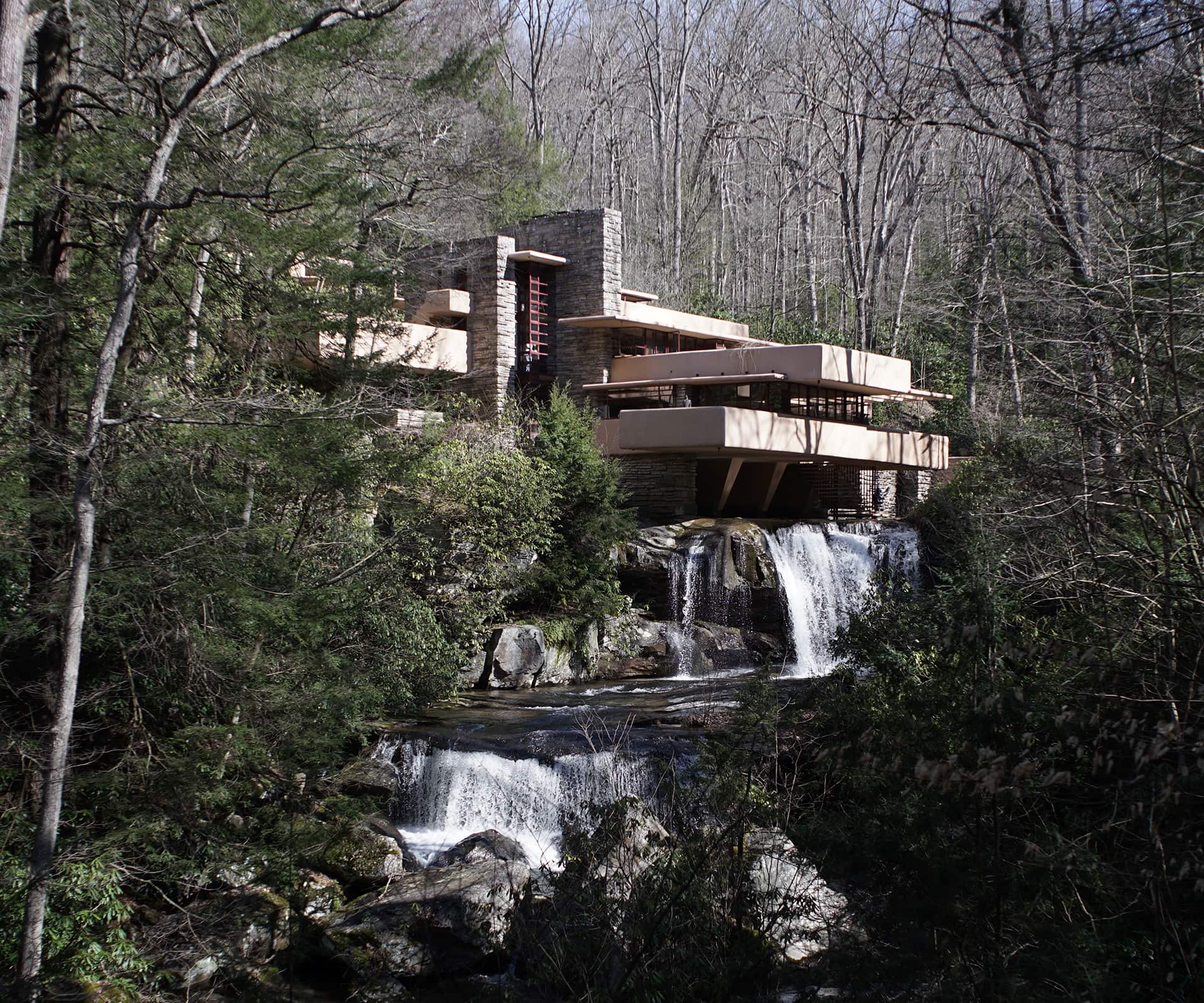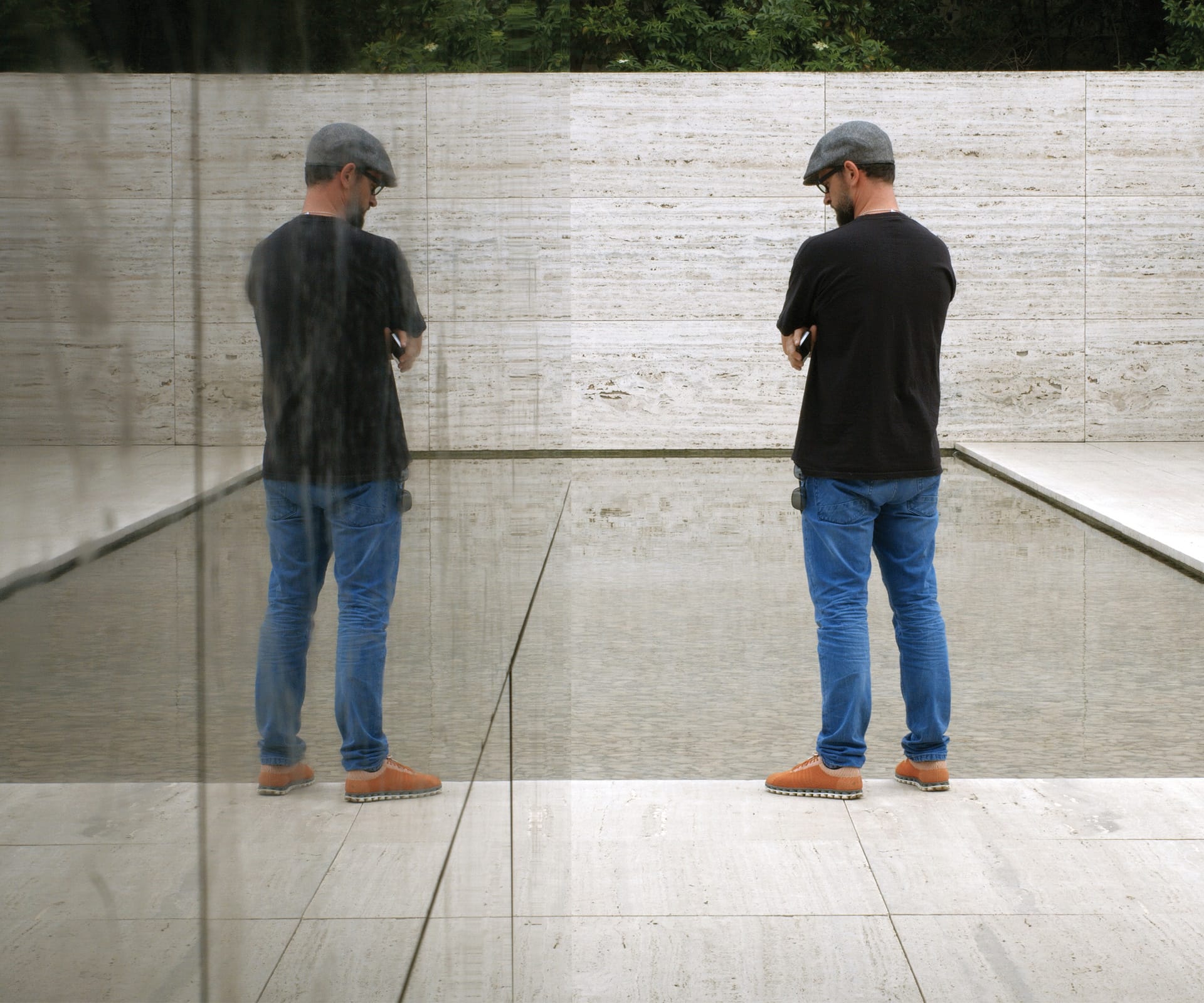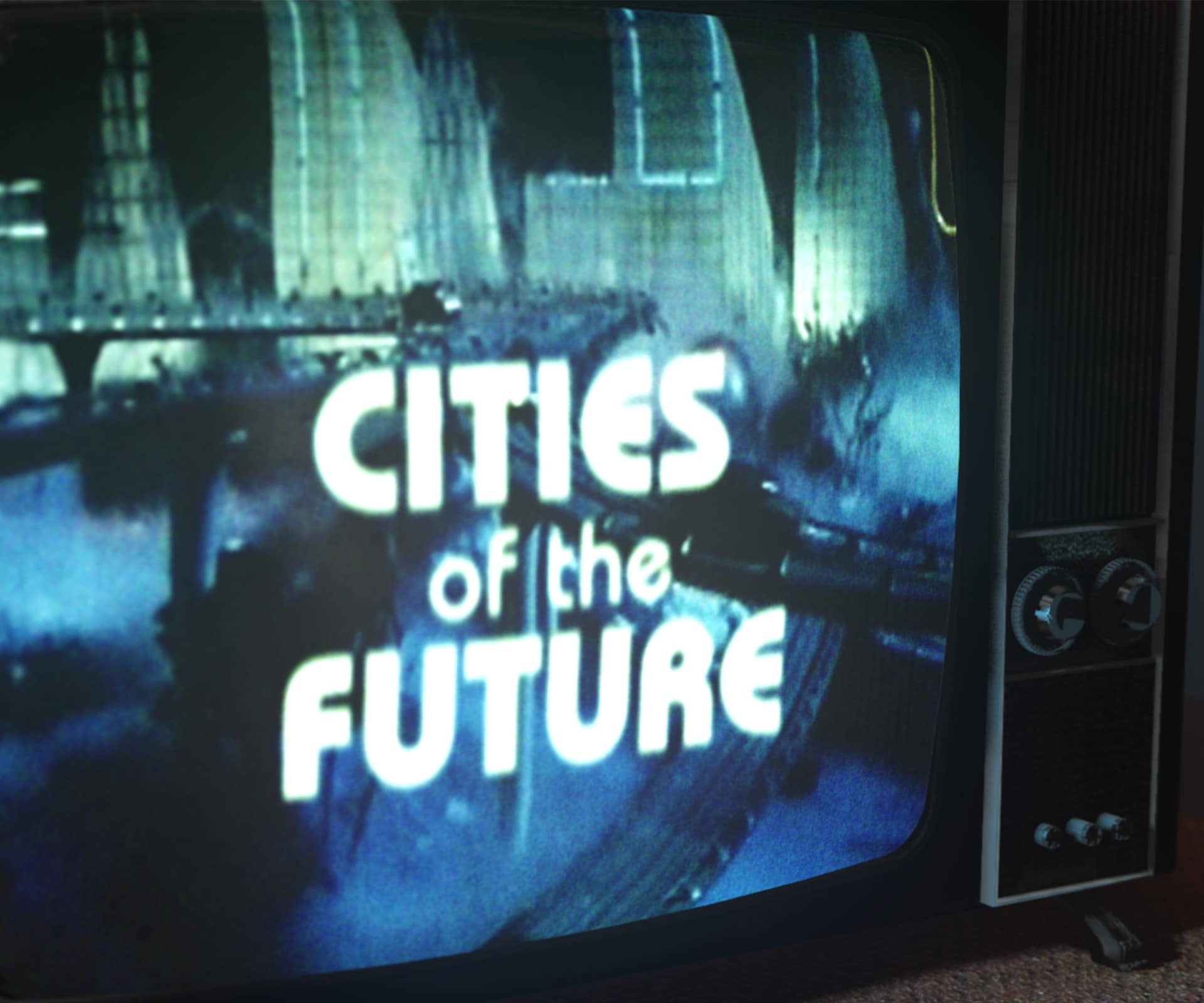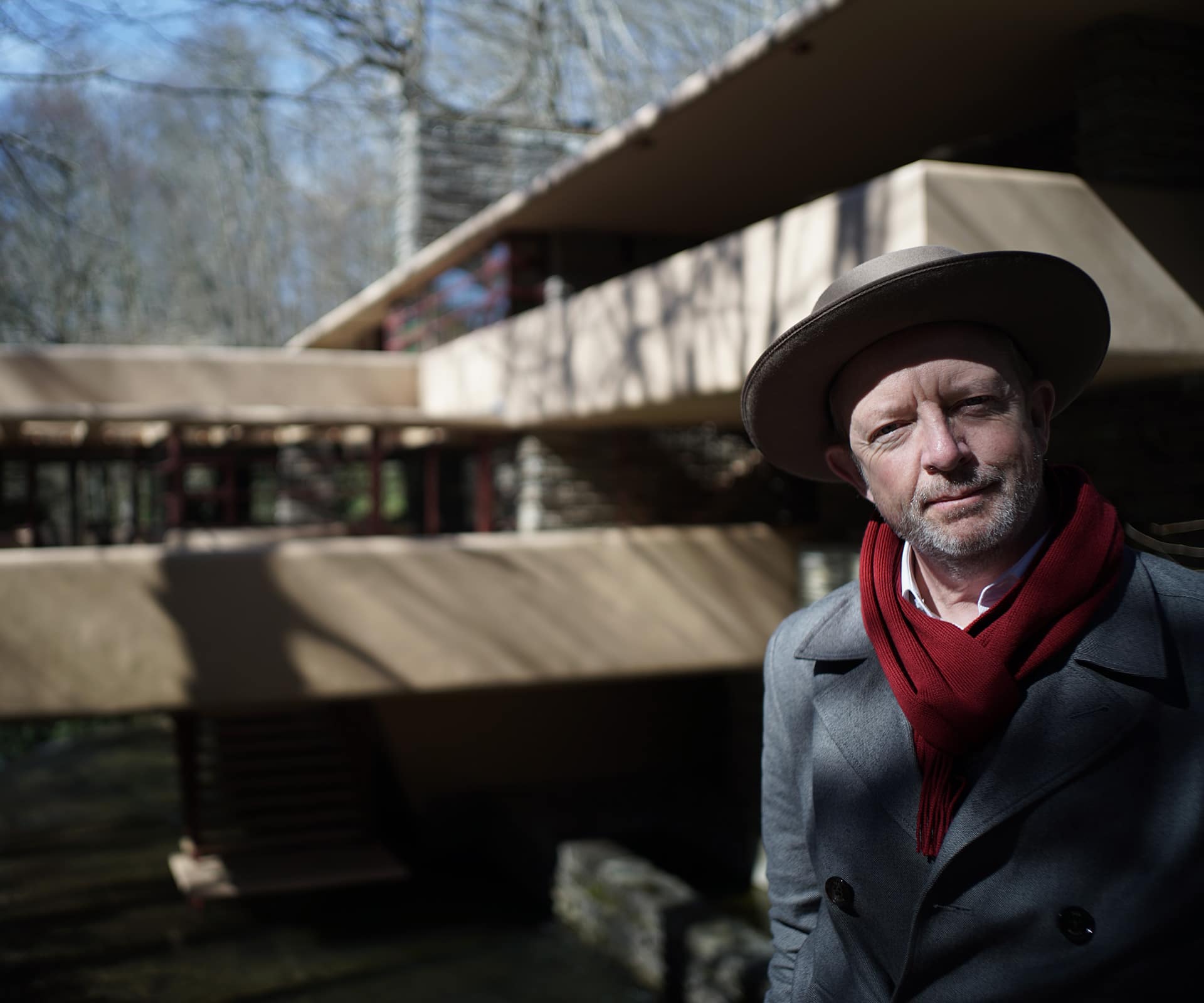With possibly the most compelling line-up to date, the annual Resene Architecture & Design Film Festival gives you every reason to hole up inside the cinema for its entire run
2019 Resene Architecture & Design Film Festival
The masters – Frank Lloyd Wright, Renzo Piano, Jean Nouvel and Mies van der Rohe – get top billing, each with their own dedicated documentary coverage, while a catalogue of films from across the globe dig into solving a range of urgent, universal issues. Young architects in Ecuador show us how to Do More With Less; there’s an expose on a US futurist’s experimental city of the 60s; Dieter Rams points out that the “time of thoughtless design for thoughtless consumption is over”; and in time for its centennial, visionary concepts are explored in Bauhaus Spirit. And that’s just skimming the surface of more than 20 thought-provoking portraits and documentaries.
The details
Auckland: 2 – 19 May
Wellington: 23 May – 9 June
Dunedin: 13 – 23 June
Christchurch: 27 June – 10 July
Havelock North: 13 – 19 June
New Plymouth: 20 – 26 June
To book visit rialto.co.nz/radff
Mies en Scene: Barcelona in Two Acts
Ludwig Mies van der Rohe and Lily Reich designed the German Pavilion for the 1929 Barcelona International Exhibition and it went on to become a modernist classic – an icon. Its rigorous geometry in glass, steel and stone became one of the most influential and referenced works of architecture in history.
All this despite the pavilion only being officially used once and pulled down the following year. The symbol of a new, modern Germany was gone and WWII loomed. Anathema to Germany’s new regime, Van der Rohe – the last principal of the Bauhaus movement – began a new life in the US. Mies en Scene follows the journey of the pavilion’s resurrection in 1986 and subsequent opening to the public in Barcelona.
Experimental City
In 1962, American radical thinker and futurist cartoonist Dr Athelstan Spilhaus noted that America’s pride in wasteful consumption was “dangerously close to insanity”. He even said it “may be changing the earth’s climate”. His solution to mass-produced cities used the most advanced building technology, communication, transport, waste removal and city management.
In 1966, with newspaper publisher Otto Silha, he launched the Minnesota Experimental City project (MXC). Despite federal funding, political backing by the US vice president, civil rights leaders, a four-star general, designer-futurist Buckminster Fuller and a Harvard scientist, his prototype city was never realised.
Frank Lloyd Wright – The Man Who Built America
Welsh architect Jonathan Adams starts before the beginning of Frank Lloyd Wright’s life, back at his mother’s birthplace in Wales to highlight Unitarianism, the religion he believes shaped the master’s thinking. In pursuit of the true nature of Lloyd Wright’s genius, Adams explores how the architect’s buildings work, make us feel and the underlying philosophy of organic architecture they share.
Adams does that by inviting the viewer inside a handful of Lloyd Wright’s masterpieces, including the Unity Temple in Illinois, Fallingwater in Pennsylvania, Johnson Wax headquarters in Wisconsin and New York’s Guggenheim. By shelving Lloyd Wright’s much-publicised personal turmoil, Adams takes a reverential look at an architect who aspired to create buildings that added “grace to the landscape, not a disgrace”.
Design Canada
Saying the most with the least is the essence of good design, says an innovative group of Canadian designers who, in Design Canada, apply their skills to unifying a nation. Through the lens of graphic design, this documentary follows the transformation of a colonial outpost into a vibrant, multicultural nation, with plenty of parallels that can be applied here in New Zealand – not least our recent flag debate, in which there wasn’t a single design voice
on the selection panel.
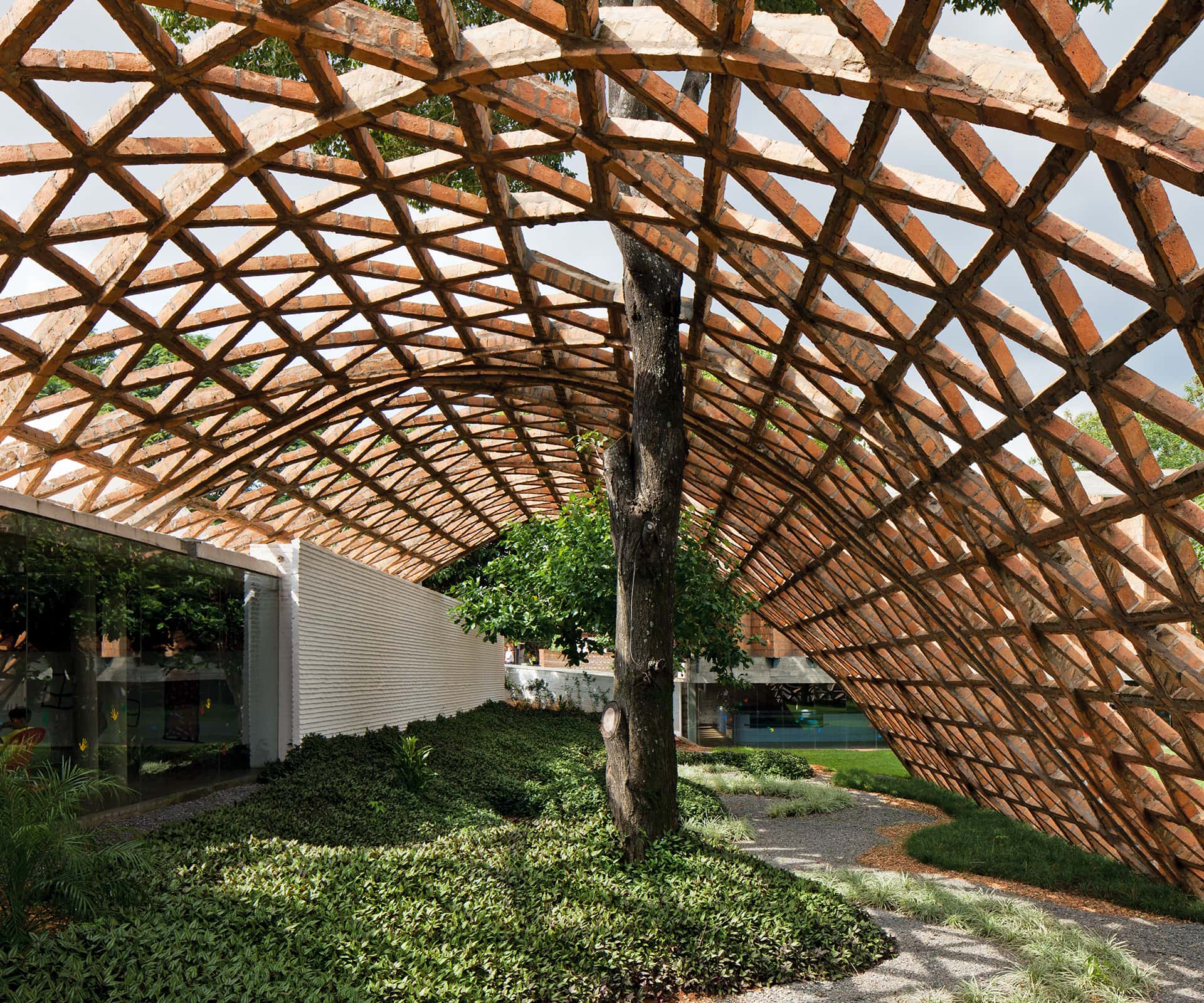
Q&A with Solano Benítez
The Paraguayan architect on Do More With Less.
Benítez recently visited New Zealand with Home of the Year 2019 international judge, Gloria Cabral, with whom he shares the architectural practice Gabinete de Arquitectura. He opens and closes Do More With Less, in which journalist Katerina Kliwadenko and architect Mario Novas explore experimental projects in Ecuador that connect humanity with design.
The film dips into projects by young architects who introduce their practice to communities that have never known it and resolve pressing social issues with alternative economic dynamics. Using labour exchanges, bartering and workshops, they build with minimal budgets that result in tactile, rough-hewn solutions. Their collective approach aims to resolve problems that all societies face – regardless of wealth – without waiting for politicians to catch up.
The architects in the film apply resourceful techniques to resolve residential and commercial projects. Is this a way for the future?
The reason for our discipline is to contribute to the constitution of a better society, a scenario in which we have the opportunity to live better – there is no mandate outside of this collective framework of interest, at least if we don’t want trivialise our world. Of course, we must become jealous custodians of everything we value and although no one knows what the world will be like in the next few years, we have an obligation to design and build
the one in which we wish to live.
You’ve recently returned to Paraguay from visiting New Zealand. How do you envisage New Zealanders doing more with less in residential design?
The best residence is the one that allows the best life, and this doesn’t only have to do with square metres, materials, a certain contemporary aesthetic, or a certain cost of the work; the best residence allows a better resident. Consequently, the best residence builds the best possible city as a collective stage of human habitation.
What are some of the residential issues your country faces and how can they be addressed through architecture?
Selfish, petty people build poorly, which is expressed in cities and towns that prioritise the individual before society. This in turn diminishes diversity and degenerates into meaningless places of empty consumerism. Today we need to recognise ourselves in an expanded universe, where we are aware of exercising global relevance, with diversity that helps the sustainability of our species. As a higher desire,
we must build together and towards a horizon of peace.
Are you working on any projects at the moment that Do More With Less?
Architecture cannot be thought of outside this statement. Architecture must not only achieve shelter for the individual but contribute to creating a society that will be relevant and desirable tomorrow. The commitment is always greater.
What can we learn from Do More With Less?
A refined architecture is the one that most appropriately expresses its goals, reaffirming the purpose of its existence.
For more information, visit: resene.co.nz/filmfestival


